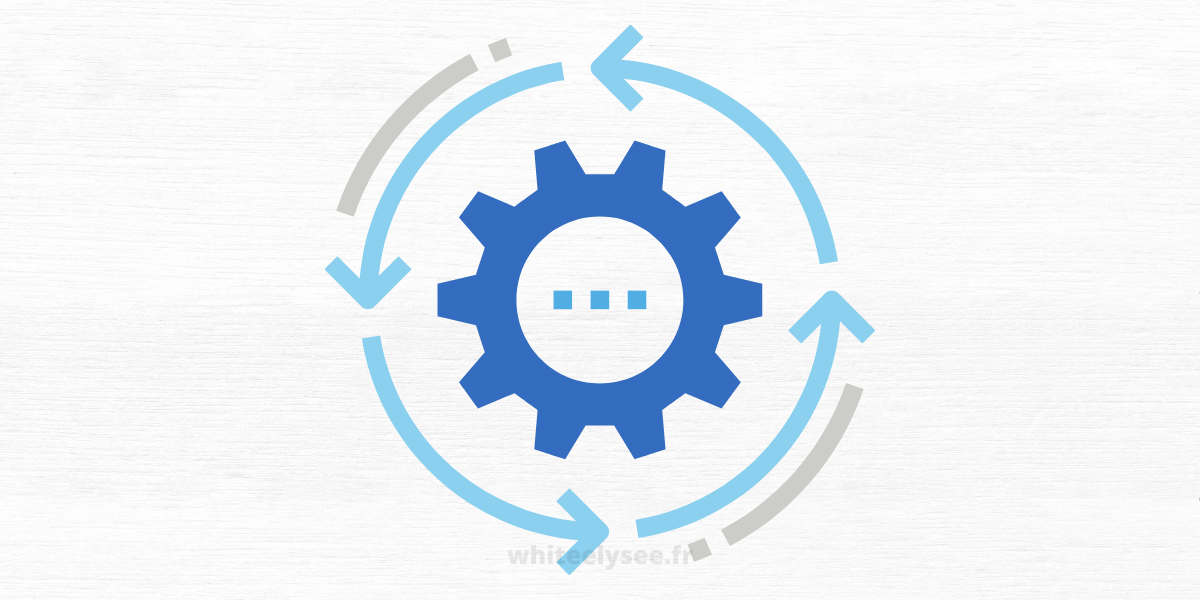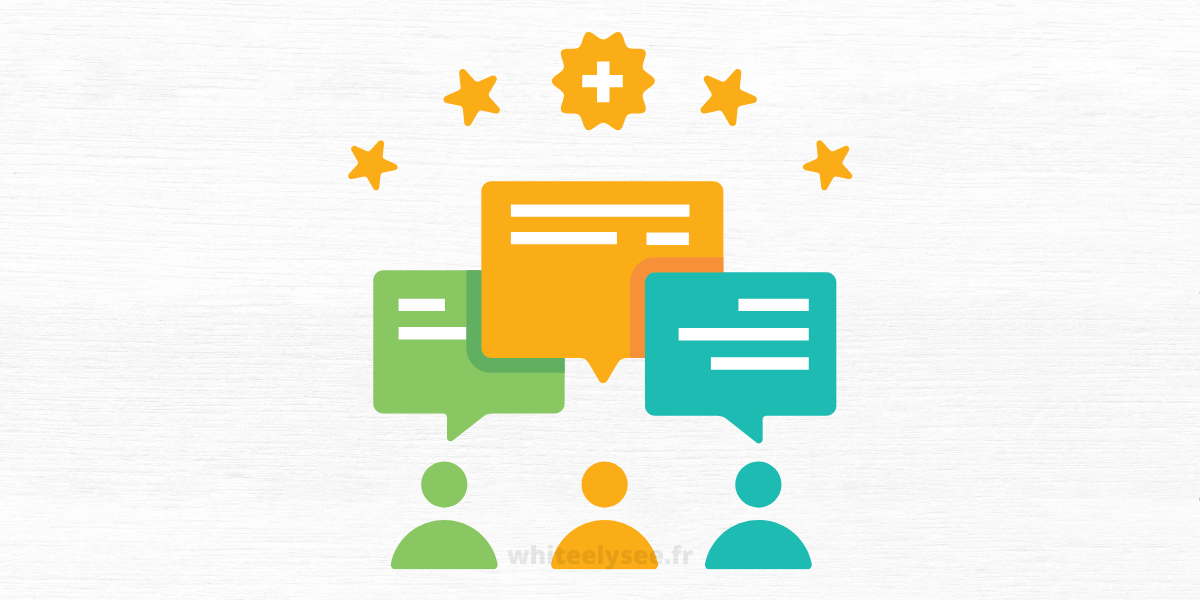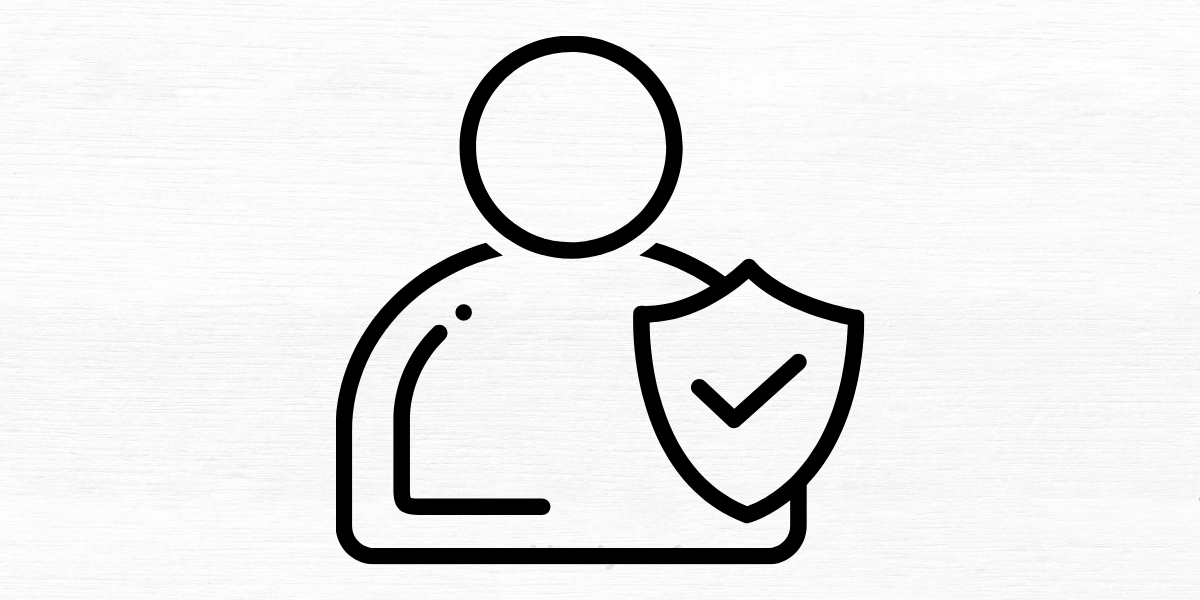
An essential factor when it comes to providing customers with an exceptional customer experience is personalization. TechTarget describes personalization as a means of meeting the customer’s needs more effectively and efficiently, making interactions faster and easier, consequently increasing customer satisfaction and the likelihood of repeat visits. How do businesses meet individual needs and requirements, and how do they differentiate what offer suits which one of their customers? Businesses, for the purpose of personalization and meaningful targeting, resort to a function called segmentation. As per the Economic Times, segmentation is defined as, and ‘a means to divide the marketplace into parts, or segments, which are definable, accessible, actionable, and profitable and have growth potential. In other words, a company would find it impossible to target the entire market because of time, cost, and effort restrictions. It needs to have a ‘definable’ segment – a mass of people who can be identified and targeted with reasonable effort, cost and time. Though businesses realize the potential segmentation has, they still struggle to segment their customer base to get optimum results.
Mentioned below are a few tips and excerpts from a DirectMarketingNews report titled ‘Avoiding Segmentation Snafus’ that can help businesses improve their segmentation efforts to better connect with their customers.
Testing for quality
As per Michael Benedek, Datonics, ‘”Conducting market research on who the customer is, as well as customers’ wants and needs, is an important step to take before determining the best segments for specific campaigns. It’s also wise to conduct test campaigns targeted at customer segments to measure response and behavior.” Similar to test rides people undertake to figure out the efficiency of a vehicle, businesses should test the segments they have created to check on the efficiency. Tim Barker, CEO of Datasift, echoes Benedek saying, ‘”The more you can build and test a segment, the more you can build confidence that your message works and that your campaign is going to work. In an ideal world, we’d be testing all the time.” As per Barker though testing is essential, the other important part is businesses being prompt in taking action from the results that come out of the tests. Brands should take an agile marketing approach to engage and present their best offers to customers who show a higher interest in their offerings. Testing segmented data against data not just available with the marketing department but with other verticals, third-party data, or competitors’ data can reveal the inconsistencies and help optimize your segmentation effort.
Segmentation takes time
Segmentation can be considered as an effort akin to organizing customers into different categories based on different characteristics. Andy Wilder, VP, Analytics, Epsilon, says, ‘ Perhaps the hardest lesson to learn when it comes to segmentation is patience. In today’s fast-paced world of marketing automation and fleeting customer trends, the temptation to create and roll out segments quickly can be overwhelming. But that’s a mistake.’ He says as the gestation period for segmentation is time taking, it requires discipline and patient effort. Businesses should gauge if their efforts are giving out desired results over a period of time. Businesses should also keep verifying the different segments they have created to check for their viability aligned to business goals or campaign targets.
Slicing big data into valuable segments
The humongous amount of data generated on a daily basis is aiding efforts at segmentation. Increasing interaction between customers and businesses not just through desktops but an array of internet-connected handheld devices is further helping understand the customer. Unlike in the past, when segmentation was primarily carried out on the basis of age, gender, and geography, businesses today use sophisticated algorithms and computer models. Barker pointing to the influence big data has on segmentation, says, ‘”We’ve come a long way, mainly because there’s a wealth of behavioral data that simply didn’t exist or wasn’t available to analyze 20 years ago. Segmentation has really grown with the big data industry, especially over the past few years.’ Benedek from Datonics says businesses need to use big data with caution as not all data available is valuable. He exerts saying the use of messy, inaccurate data can have long time repercussions such as wastage of funds on misdirected marketing, even worse, distancing the customer forever and creating a negative brand image. In order to acquire clean and accurate customer data, businesses can look at employing customer identity management solutions on and across their digital properties. CIM is an enabler when it comes to gathering accurate first-party data from customers. CIM provides for a hassle-free and seamless registration process through email, or social login collects data directly shared by the customer at the time of registration or later through progressive data gathering. Social login that enables registration and login through the use of existing social network ids provides businesses an opportunity to gather additional accurate information shared by the social network service provider. Valuable customer insights that analyze the data gathered through the registration process and later can capably aid businesses in their efforts at segmenting the customer base.
With the growing demand for personalization, it becomes imperative for businesses to dedicate both time and resources to the segmentation of the customer base. Businesses cannot afford to lose out on their existing customers; retaining them is a priority, as acquiring a new one can be quite a costly affair. Segmentation provides businesses with the knowledge that can ensure that they better attend to their customers who have been standing behind the business, transacting regularly. As segmentation improves communication and targeting efforts, it also decreases the burden of costs a misdirected marketing effort would cause. Businesses are at a juncture where they have to acknowledge that every customer they have is different and the way to do business with them too has to be different. With the customer being the king, businesses have to cater to them as per their need or demand. Without segmentation, meeting or predicting the customer’s needs and demand would be a near-impossible task.





